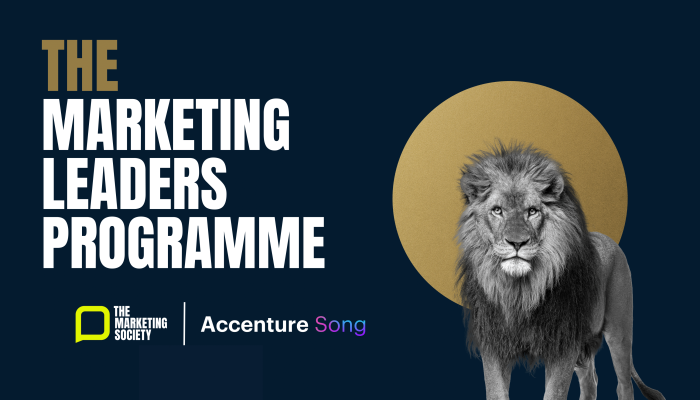Moving from the UK to Singapore has a way of making you see things differently. A simple M&S meal deal of a sandwich and crisps is like searching for a goldmine in Singapore. Likewise, trying to find a hot, freshly cooked lunch for the equivalent of S$3.90 in London is something one can only dream of. It’s no wonder then that when my world (literally) changed, I needed to adapt.
That adaptation has extended to re-evaluating many brands I’ve known and loved for years. In temperatures averaging close to 30 degrees most days of the year, my well-loved Bobbi Brown Intensive Skin Foundation no longer seemed to cut it. Likewise, with humidity reaching the 90%+ level, my usual Kérastase hair care left me with the driest locks I’ve ever known. In times like these, when consumers’ situations and needs change, do brands know? And do they adapt? Not everyone shifts countries, but they do experience big life events like getting married, having a baby, and even perimenopause. In these moments, many might think that traditional Lifecycle Marketing works. But in today’s world, does it really cut it? The deprecation of 3rd party cookies makes it harder for brands to rely on re-targeting and deterministic advertising. Added to that, the cost-of-living crisis is making consumers re-evaluate what they buy more frequently than before. The time to adapt is now – even if brands don’t know it yet.
“But how?” I hear you whisper.
The answer is data. I’m not talking about your average name-and-address type data, but the type that tells you something meaningful about your customers. The type that’s contextual to the time and place it’s shared, the type that’s progressively captured so customers share what they’d like you to know as their loyalty grows, and the type that allows you to build a single picture of who your customer is, what they like and don’t like, and what they want most from you. It’s the sort of data that lets you (Bobbi Brown), know that I (Belinda) have moved countries to (luckily for you) a country you also operate in. It’s the sort of data that lets you proactively ask, “how’s it going there in Singapore, enjoying the heat?” without requiring a British unsubscribe and a Singaporean re-subscribe because consumers cross country borders, but somehow targeted marketing (and data) often doesn’t.
When I say, “data is the answer”, I mean data is the difference between having a transactional brand/customer relationship and a meaningfully engaged and loyal one (thanks to data). Now I’m obviously not the first person to say, “Get your first-party data strategy in place immediately!”, but hopefully I’ll be the last.
With this in mind, here are a few questions to get you started on your journey:
- Does your business collect 1PD (First Party Data)? If so, who owns it and how is it being used?
- How does your business collect 1PD? Is collection on an ad-hoc basis or do you have a plan to progressively capture customer data for better customer loyalty outcomes?
- Do you integrate your 1PD into other parts of the business such as paid media advertising for better targeting and lower CPAs? If not, chat with your data and media agencies now about how to get started.
Written by Belinda Clark, Strategy Director at RAPP Singapore
Published on 21 February 2024



